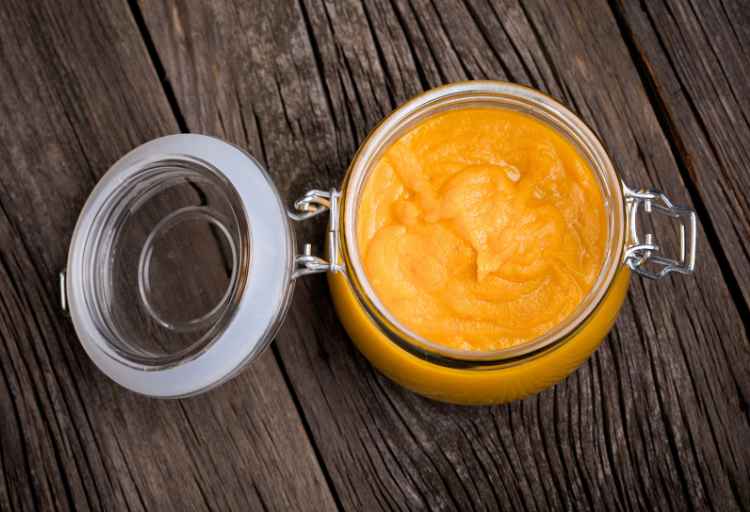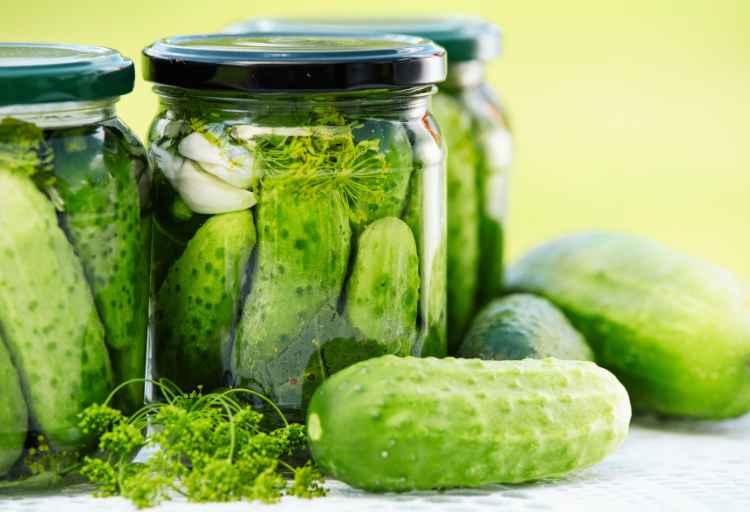How Spicy Is Mango Habanero? A Fiery Delight
Spice enthusiasts and culinary adventurers are no strangers to the tantalizing world of hot peppers.
Among the vast array of spicy sensations, the mango habanero pepper stands out as a flavor-packed delight that effortlessly blends sweetness and heat.
How spicy is mango habanero? The mango habanero pepper boasts a Scoville Heat Unit rating of 100,000 to 350,000 SHU, signifying its intense spiciness derived from the potent capsaicin content. This places it notably higher on the heat scale than milder peppers, delivering a fiery kick that enthusiasts appreciate in diverse culinary creations.

Contents
How spicy is mango habanero?
The mango habanero pepper, scientifically known as Capsicum Chinese, is a fiery member of the chili pepper family.
Its name is derived from its distinct combination of flavors: the tropical sweetness of mango and the intense heat of the habanero pepper.
Native to the Caribbean and Central America, this pepper is a staple ingredient in various regional dishes due to its ability to add depth, complexity, and of course, heat.
Scoville Heat Scale
To measure the spiciness of chili peppers, the Scoville Heat Scale is commonly used.
The mango habanero pepper typically ranges between 100,000 to 350,000 Scoville Heat Units (SHU), a scale that quantifies the concentration of capsaicin, the compound responsible for the pepper’s spiciness.
To put this in perspective, the heat of a jalapeno pepper ranges from 2,500 to 8,000 SHU, making the mango habanero significantly hotter.
The Sweet Heat Symphony: Flavor Profile
Mango Sweetness
One of the most intriguing aspects of the mango habanero pepper is its ability to seamlessly blend its natural sweetness with its intense spiciness.
The fruity, tropical notes of mango provide a delectable counterbalance to the pepper’s fiery kick. This unique combination makes the mango habanero a versatile ingredient, lending itself to both sweet and savory culinary creations.
Intense Heat
While the sweetness might lure you in, the true essence of the mango habanero lies in its intense heat.
The heat builds gradually, offering a complex experience for those willing to embrace the challenge. This gradual build-up of spiciness is highly sought after by spice enthusiasts who enjoy the thrill of the heat intensifying with each bite.
Culinary Adventures with Mango Habanero
Flavorful Culinary Applications
Mango habanero peppers have found a special place in various cuisines around the world, adding a burst of flavor and heat to a wide range of dishes.
In Caribbean and Latin American cuisines, they are often used in salsas, marinades, and sauces.
The pepper’s spiciness enhances the overall taste profile of these dishes, creating a harmonious balance with other ingredients.
Spicy-Sweet Dilemma
One of the most exciting aspects of the mango habanero pepper is the spicy-sweet dilemma it presents to chefs and home cooks.
Its ability to enhance both sweet and savory dishes is unparalleled. Imagine a mango habanero glaze on grilled chicken – the sweetness caramelizes as the heat sears, resulting in a mouthwatering masterpiece that plays on contrasting flavors.
Handling the Heat: Tips and Tricks
Wield with Caution
For those new to the world of intense heat, approaching the mango habanero requires caution.
The Scoville rating is not to be taken lightly, as the pepper’s spiciness can overwhelm the unprepared palate.
When cooking with mango habaneros, it’s advisable to start with a small quantity and gradually adjust to taste.
Balance is Key
When incorporating mango habanero peppers into dishes, achieving the perfect balance between sweetness and heat is essential.
This can be achieved by pairing the pepper with complementary ingredients that mellow out the intensity while highlighting its unique flavors.
Ingredients like coconut milk, honey, and citrus fruits work well in achieving this balance.
Conclusion
The mango habanero pepper is a testament to the rich diversity of flavors that the culinary world has to offer.
Its sweet and spicy dance on the taste buds creates an experience that is both electrifying and satisfying.
As you venture into the realm of mango habanero-infused dishes, remember that it’s not just about the heat – it’s about embracing the symphony of flavors that this unique pepper brings to the table.
So, the next time you’re craving a culinary adventure, consider adding a touch of mango habanero to your dish and prepare to be amazed by the sweet heat it delivers.
FAQs About the Spiciness of Mango Habanero
How hot is the mango habanero compared to other peppers?
The mango habanero ranks between 100,000 to 350,000 Scoville Heat Units (SHU), making it significantly hotter than milder peppers like jalapenos (2,500 to 8,000 SHU).
What causes the intense spiciness in mango habaneros?
The intense spiciness of mango habaneros is attributed to the high concentration of capsaicin, a natural compound found in chili peppers that stimulates heat receptors on the tongue.
Can I enjoy the flavor of mango habanero without the extreme heat?
Certainly! By carefully deseeding and deveining the pepper, you can reduce some of the heat while retaining the unique fruity flavor of the mango habanero.
How can I incorporate mango habanero into my dishes without overwhelming the taste?
Balancing the heat of mango habanero can be achieved by pairing it with ingredients like coconut milk, honey, or citrus fruits, which help temper the spiciness while enhancing the overall flavor profile.
Is the mango habanero suitable for those with a low spice tolerance?
Due to its high spiciness, the mango habanero might not be ideal for individuals with a low spice tolerance. It’s recommended to start with a small quantity and gradually adjust to your preferred level of heat.






